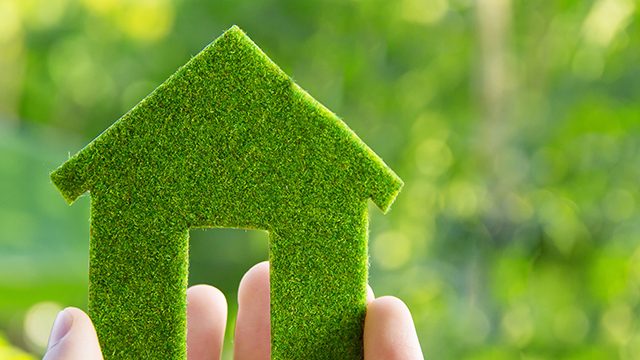SUMMARY
This is AI generated summarization, which may have errors. For context, always refer to the full article.

MANILA, Philippines – Eco-friendly buildings and infrastructure may sound like a trend that came out some odd ten years ago, but for local property developers, this is simply going back to how the early Filipinos designed their homes.
Take the bahay kubo for example, ProdigyAE Incorporated Principal Architect Giovanni Carino said during the launch of the first International Built Environment Week last Wednesday, July 2.
“The Philippines started out as a green-driven community. Back then, tropical architecture – the bahay kubo – it was always there,” Cariño said.
“The green concept is revisiting what we have back then and trying to fit it with the technologies and our way of life now. Looking at these things before, it was all about minimizing trash, recycling and reusing materials. That’s the essence of [the] green concept.”
Italpinas Development Corporation senior advisor Giovanni Gusella pointed to climate change and cutting costs incurred from energy and water consumption as the main motivations for shifting to environment-friendly designs.
“We can see that the climate is changing so the way we build and design is changing. You have to see that technology assists you,” Gusella said, noting, however, that using expensive technology to help reduce energy and water consumption is not needed.
“In the Philippines you have a lot of elements to help you implement passive green strategies to help you reduce costs,” he added. (READ: 10 features of a ‘green’ building)
Gusella explained that passive strategies can be employed to make eco-friendly designs more affordable, such as simply designing windows in a way that improves ventilation and maximizes the amount of sunlight entering a room.
Users, customers bring in demand
JLL Philippines, Inc. Country Head Christopher Vicic during the PropertyGuru gala night last Friday, July 5, said that the demand for sustainability as a feature in real estate ultimately stems from the clients. (READ: Sustainable skylines: The future of green architecture in Metro Manila)
PropertyGuru last Friday recognized property developers Alveo Land and Arthaland Corporation for their efforts in sustainable development. Arthaland’s Century Pacific Tower also won the award for Best Green Development of 2019.
“The population of the Philippines is young. [They’re] online for how many hours a day, you see many examples of smart cities, renewable energy, carbon control, and I think they want the same. Even the older generation [wants that too],” he added.
Vicic also noted that eco-friendly designs have been used in recent townships and smart cities launched by property developers where they make use of “neutral or green transportation, construction, lighting, and water management.”
“There’s wider pavements, wider areas. It’s more of building an ecosystem that respects the individual,” he added.
“You still have the offices, you still have the condominiums, and you still have the shopping malls but it’s a completely different focus: it’s on the individual well-being of the people [and reducing] pollution and wastage.” – Rappler.com
Add a comment
How does this make you feel?
There are no comments yet. Add your comment to start the conversation.